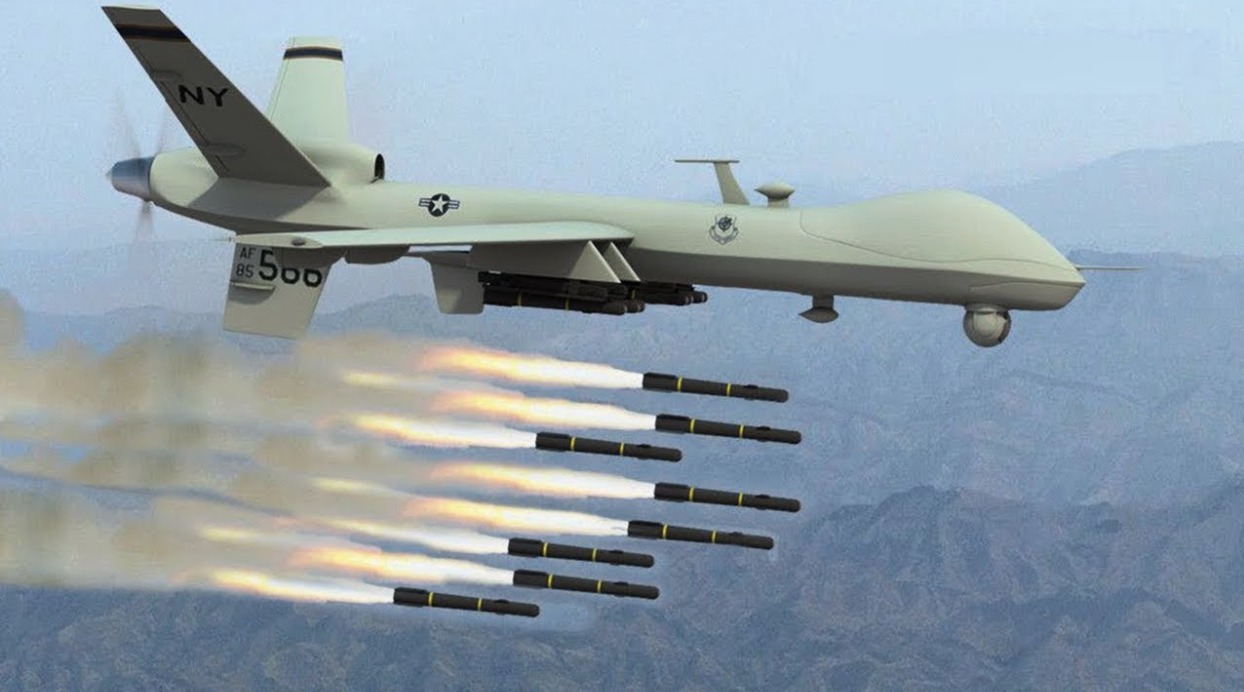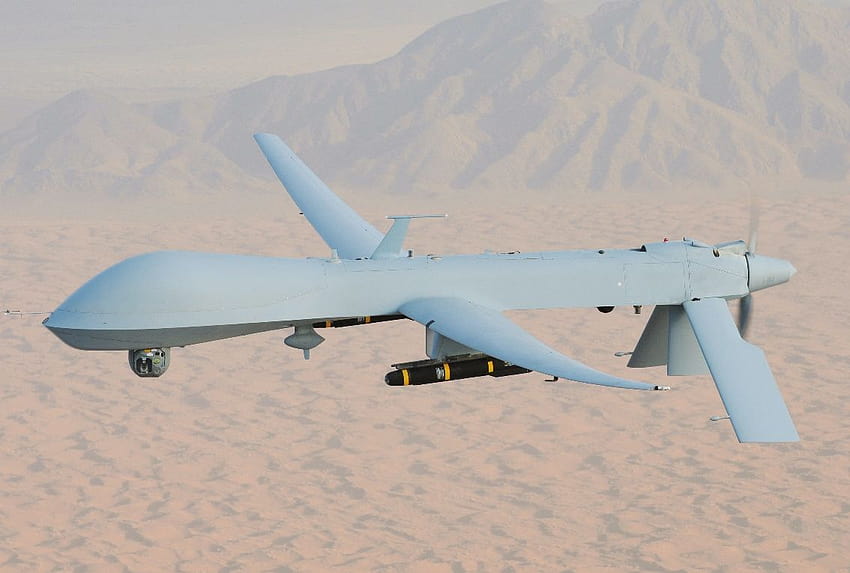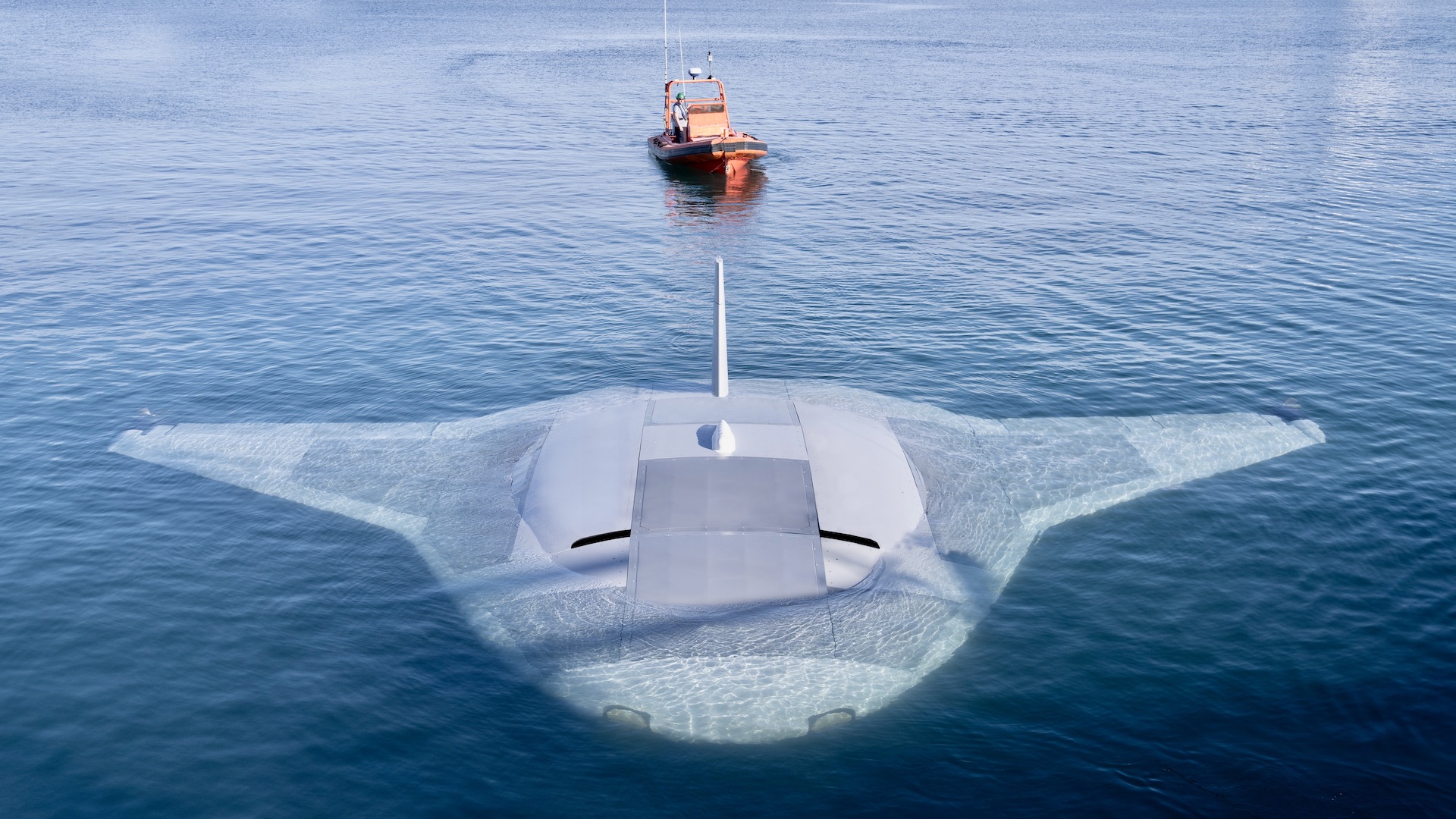Low-Cost, High-End Tech Weapons: How Drones are Shaping the Future of Warfare
In recent years, low-cost, high-end technology weapons—especially drones—have dramatically transformed modern warfare. Traditionally, powerful military technology was restricted to wealthy nations due to high costs and complexity. However, innovations in affordable drone technology are reshaping the battlefield, allowing nations with limited resources to access powerful military tools. This shift is leveling the playing field, enhancing asymmetric warfare, and altering military strategies worldwide. This article delves into the capabilities of modern drones, their use in conflict zones, and the implications for future warfare.

The Rise of Low-Cost, High-Tech Drones
How Low-Cost Drones Became High-Powered Weapons
The evolution of drones from surveillance tools to lethal, precision-guided weapons marks one of the most significant technological shifts in military history. Advances in artificial intelligence, miniaturization of components, and cheaper manufacturing have enabled the production of drones that are both affordable and effective. Today, small, portable drones with significant firepower can cost a fraction of traditional military jets or missiles, yet offer precise, remote-strike capabilities that were once the domain of high-cost arsenals.
Capabilities of Modern Warfare Drones
- Enhanced Precision and Targeting: Drones equipped with artificial intelligence and GPS can track targets with impressive accuracy, minimizing collateral damage. Some drones, such as the Turkish Bayraktar TB2 and Iranian Shahed-136, have proven devastatingly effective in recent conflicts due to their precision and payload capacities
- Low Detectability: Many drones are designed to fly low and operate quietly, making them hard to detect. Their small size allows them to evade radar systems and penetrate enemy defenses, giving operators a strategic advantage over traditional aircraft.
- Adaptability: High-tech drones are also remarkably versatile. From intelligence, surveillance, and reconnaissance (ISR) missions to targeted strikes and logistical support, drones can fulfill multiple battlefield roles depending on the need and configuration.

How Low-Cost Drones are Shaping Modern Conflicts
Case Studies: Drones in Action
-
Nagorno-Karabakh Conflict
The 2020 Nagorno-Karabakh conflict between Armenia and Azerbaijan showcased the effectiveness of low-cost, high-end drones on a conventional battlefield. Azerbaijan used Turkish-made Bayraktar TB2 drones to destroy Armenian tanks, artillery, and troop formations, turning the tide in its favor. The conflict demonstrated how even a relatively small and inexpensive drone fleet could overpower traditional military defenses -
Ukraine Conflict
In the ongoing war in Ukraine, both Ukrainian and Russian forces have deployed drones to devastating effect. Iranian-made Shahed drones have been used by Russia in kamikaze-style attacks on Ukrainian infrastructure, while Ukraine has utilized various drone models for reconnaissance and counterattacks. The Ukrainian Armed Forces have employed modified commercial drones with grenades or explosives for close-combat precision attacks, showcasing the potential of cost-effective drones in unconventional warfare -
Middle East Theater
In conflicts across the Middle East, including in Syria and Yemen, groups like Hezbollah and Houthi rebels have used drones against more traditional military forces. These groups have adapted commercial drones for reconnaissance and strike capabilities, allowing them to threaten heavily fortified targets with limited resources.
Tactical Advantages of Low-Cost Drones
The use of low-cost drones offers significant strategic and tactical advantages, especially for non-state actors or countries with limited military budgets. Key benefits include:
- Force Multiplier Effect: Drones amplify the effectiveness of small forces by providing capabilities that were previously exclusive to well-funded militaries.
- Reduced Risk to Personnel: Drones eliminate the need for piloted aircraft in hazardous operations, reducing the risk to human operators and enabling extended surveillance or attack missions.
- Psychological Impact: Drones create psychological pressure, as they are unpredictable and can strike at any time. The omnipresence of drones can degrade the morale of opposing forces.

The Future Landscape of Warfare with Low-Cost, High-End Drones
Asymmetric Warfare and Non-State Actors
The widespread availability of drones has empowered non-state actors in asymmetric warfare. Rebel groups, insurgents, and terrorist organizations now possess strike capabilities that rival traditional military assets. This democratization of technology creates new challenges for global security, as more actors can leverage drones for lethal attacks, surveillance, or as tools for propaganda.
Arms Race and Countermeasures
The proliferation of affordable, high-tech drones has sparked an arms race in counter-drone technology. Nations are investing in electronic warfare systems, radar systems, and anti-drone lasers to detect and neutralize drones. However, low-cost drones are difficult to counter effectively, as their small size, swarming potential, and adaptability make them elusive targets. For example, drone jamming and anti-drone systems are becoming common, but the sheer volume of inexpensive drones poses a continuous challenge for defense systems
Ethical and Legal Considerations
As drones become central to warfare, ethical and legal concerns are emerging. The low cost and remote nature of drones lower the threshold for launching strikes, raising questions about accountability and civilian harm. Furthermore, the increased use of autonomous drones with artificial intelligence creates new dilemmas in the application of lethal force without human oversight

Conclusion
Low-cost, high-tech drones have redefined modern warfare, enabling smaller nations and non-state actors to wield advanced military capabilities. From changing the dynamics of asymmetric conflicts to prompting new technological arms races, drones are reshaping the global security landscape. As this technology continues to evolve, the future of warfare will likely see drones playing an even greater role, demanding innovative approaches to defense, diplomacy, and conflict resolution. The challenge now lies in balancing these new technologies with responsible use, ensuring that the advantages they bring to security do not lead to increased global instability.









